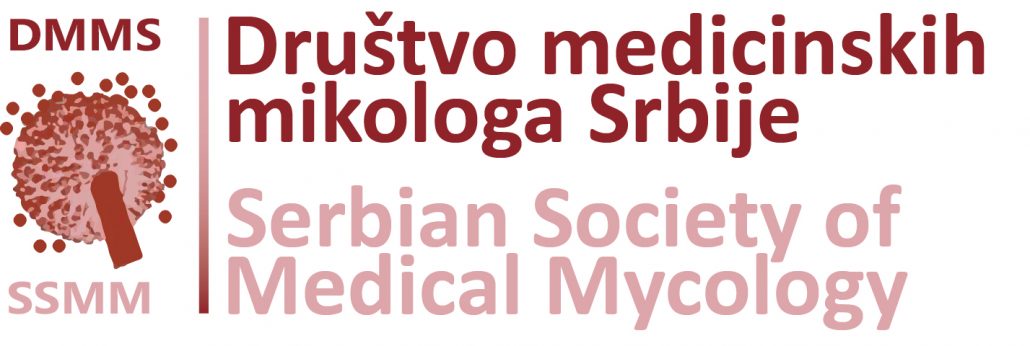Antimycotics
Fungal infections (FI) represent a significant clinical and therapeutic problem and their incidence shows a constant increase in the world. The main reasons for the increase in the incidence of GI are the marked use of broad-spectrum antibiotics, the increased number of hematological malignancies, immunocompromised individuals and the use of invasive diagnostic and therapeutic procedures.
Antimycotics are drugs that are used in the treatment of these infections, but their number is still limited and is significantly less compared to the drugs used to treat bacterial infections.
FI therapy is difficult and time-consuming. Fungi are eukaryotic microorganisms, unlike bacteria, and many cellular and molecular processes occur in a similar manner to human cells. Therefore, it is difficult to create drugs with high selective potential and low side effects on human cells.
Antimycotics are medicines for the treatment of FI, and they can be:
- POLYENES (amphotericin, nystatin)
- AZOLE imidazoles (ketoconazole, miconazole); triazoles (fluconazole, itraconazole, voriconazole, posaconazole, etc.)
- Echinocandins (caspofungin, anidulafungin, micafungin)
- OTHER ANTYMICOTICS (5-fluorocytosine, allylamines, griseofulvin, amorolfine)
